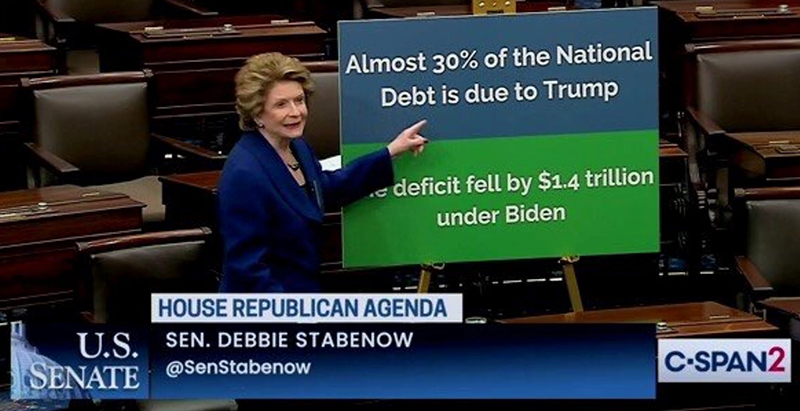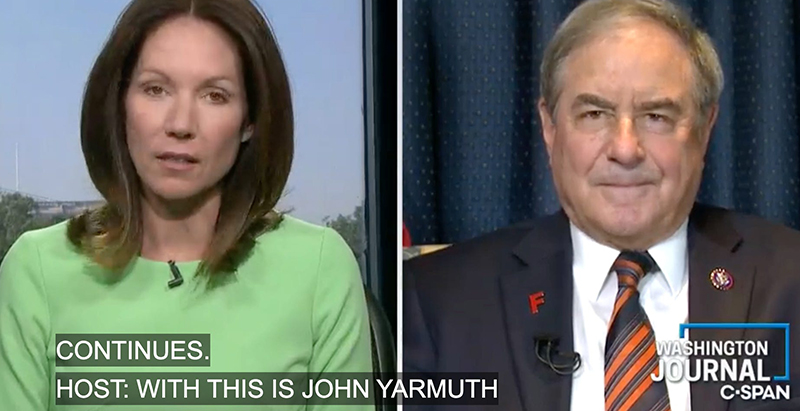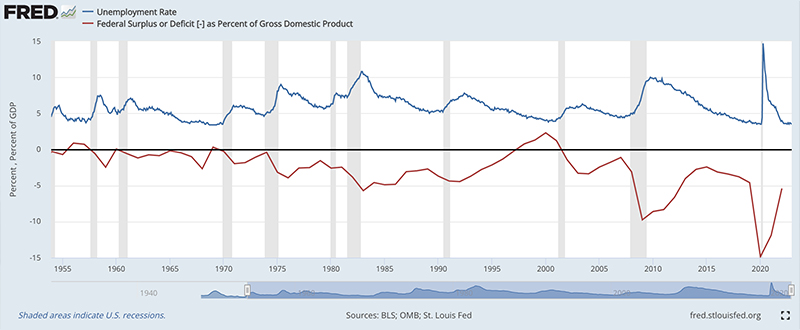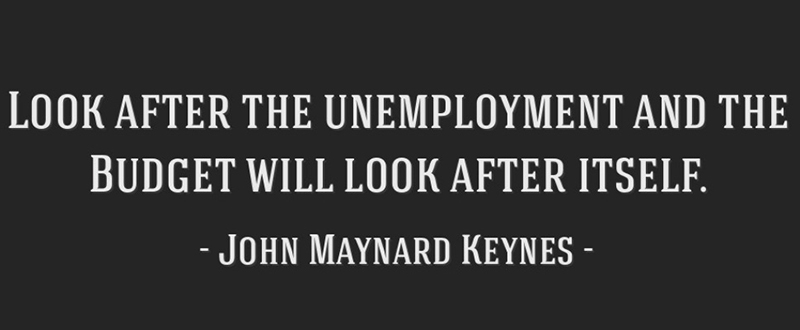If you wanted an example of the reason we’re still losing the fight to slow the earth’s heating, the proposed Willow oil project in Alaska should suffice.
This should be the no-brainer of all time. The ConocoPhillips plan for a massive new oil field development flies in the face of all climate science and reason. It would be producing huge quantities of oil for at least the next three decades—long past the point when scientists say we must stop using it (and long past the point when, with a serious effort to electrify transportation, we’d need it).
And it would do so in a place—Alaska—already warming faster than almost any place on the planet. Warming so fast that taxpayers are already having to pony up huge sums of money to relocate coastal villages inland. Emissions from the Willow project’s oil would cause $19.8 billion in climate damages; it would generate $3.4 billion in federal tax revenue, which is…a lot less.
How insane is this project? ConocoPhillips has said it may need to freeze the rapidly thawing ground with massive chillers in order to drill for the oil that will drive that melt even higher. “Where necessary we use cooling devices (thermosyphons) that can chill the ground enough in the winter to help it remain frozen through the summer,” ConocoPhillips Alaska spokeswoman Natalie Lowman explained, a sentence that historians (assuming there are some) will someday parse in an effort to understand exactly how off-track a civilization can go.
It would be an enormous step backward for the U.S. All the way back in 2015, when the Obama-Biden administration rejected the Keystone XL pipeline, the president said “America is now a global leader when it comes to taking serious action to fight climate change, Frankly, approving this project would have undercut that global leadership.” That’s far truer now—back then we hadn’t yet signed the Paris climate accords. Back then we hadn’t had the massive heatwaves in the Pacific Northwest, nor the massive fires in California, nor the massive floods in Pakistan. Back then Sudan hadn’t suffered through five straight dry rainy seasons. Back then large swaths of Alaska’s waterways had not yet turned orange from a warming-driven plankton bloom that threatens local drinking water supplies.
If you want numbers, an analysis from the Center for American Progress finds
the carbon emissions expected from Willow would negate the estimated 129 MMT of carbon emissions avoided by reaching the president’s goals of deploying 30 gigawatts (GW) of offshore wind energy by 2030 and permitting 25 GW of solar, onshore wind, and geothermal energy on public lands by 2025. Put another way, allowing the Willow project to proceed would result in double the carbon pollution that all renewable progress on public lands and waters would save by 2030.
President Biden has done good work for the climate—from the Inflation Reduction Act to the recent decision to protect Alaska’s Tongass National Forest. But physics doesn’t grade on a curve. When Interior Secretary Deb Haaland makes the call on this project, she’ll be deciding whether to put a truly massive slug of carbon dioxide into the air—co2 that will long outlive her, and all the rest of us.
She’ll come under huge pressure: as always, Alaska’s politicians, Democratic and Republican, want more drilling. The power structure is so pervasive that Alaska Public Media, when it ran a story on the fight, put it right next to a big notice thanking ConocoPhillips for its support.
The Willow complex is located on the National Petroleum Reserve, created many decades ago by people with foresight, who knew that the smart decision in the moment was to save the oil so we would be able to see if we needed it later. In 2023, the best and highest use of that oil is clearly to keep it in the ground. If we don’t reserve that oil, if instead we spill it into the air, we will pay a huge price. Alaska will pay more price than most (though those same politicians will do their bipartisan best to make all Americans share the cost of the damages.) We can’t keep doing this; this is clearly the place to stop. Deb Haaland, and Joe Biden, need to stand up to the pressure.



